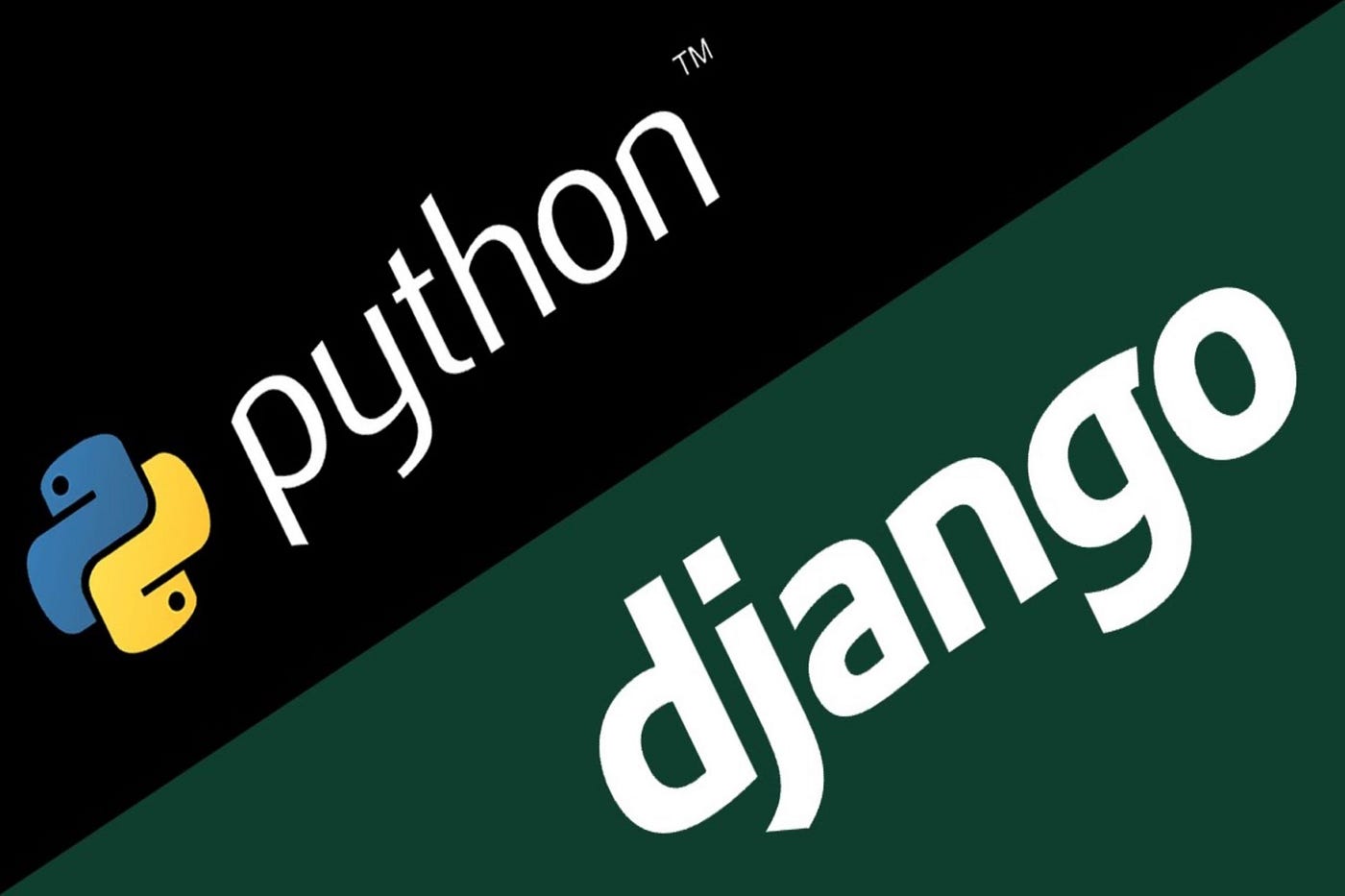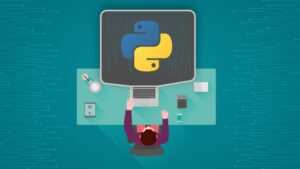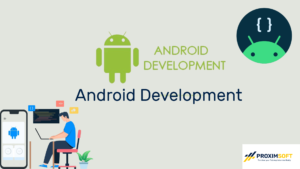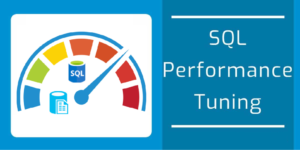Categories Development, Python
From Basics to Brilliance: Python & Django Web Development

Welcome to Proximsoft’s Web Development with Python & Django course, your gateway to mastering the art of building dynamic and powerful websites. At Proximsoft, we’re excited to present a comprehensive course crafted by seasoned industry experts, designed to equip you with the skills needed to thrive in the world of web development. This course combines the simplicity and readability of Python with the efficiency of Django, a high-level web framework, making it an ideal choice for both beginners and experienced developers.
In this course, you’ll embark on a hands-on journey, from the basics of HTML, CSS, and JavaScript to advanced concepts like database integration, authentication, and deployment. Our emphasis on practical projects ensures that you gain real-world experience, setting you on the path to becoming a proficient web developer.
Why Learn Web Development with Python & Django?
- Python is a versatile and beginner-friendly programming language known for its simplicity and readability, making it an ideal choice for web development.
- Django, a high-level web framework, simplifies the process of building web applications, making it easier for developers to create robust and scalable websites.
- Our hands-on approach ensures that you not only grasp theoretical concepts but also apply them in real-world projects, enhancing your practical skills.
- Stay up-to-date with the latest trends and best practices in web development, covering popular libraries, frameworks, responsive design, and API basics.
| Mode of Training | Online live Interactive sessions |
| Duration of the Training | 6 weeks |
| Training duration per day | 60 – 90 min session |
| Software Access | Software will be installed/server access will be provided, whichever is possible |
| Training Materials | Soft copy of the material will be provided during the training |
| Training fee | Depends on the Requirement |
| Resume Preparation | Yes, at the end of the course based on the JD |
| Interview Preparation | Yes, by sharing some FAQ’s |
| Mock calls | Yes, 2 Technical Mock calls |
| Internship Project | Yes |
| Certification | Yes, at the end of the training |
| JOB Assistance | Yes |
| JOB Support | Yes |
| Weekdays | 6AM -2 PM EST & 6-11:30 PM EST (student can pick any 1 hr) |
| Weekends | 8 AM – 12 PM EST (student can pick any 2 hrs) |
What I will learn?
- Installation and Introduction to Python
- Variables, Functions, and Selection & Looping Statements
- Object-Oriented Programming
- Modules & Packages, Exception Handling, and Collections
- Introduction to Django, Routing, and Templates
- Model Layer, Django Admin, and Session Management
- Django Forms, File Uploads, and Other Built-in Django Apps
- REST Web Services using Django REST framework
Course Content
Installation and Introduction to Python
- Install Python. Latest 3.x version of python
- Launch the Python interpreter
- Write basic commands on the interpreter
- Tour of the Python language documentation
Variables
- Defining variables
- Dynamic typing
- Data types
- Scope of variables
- Single line, multiple variable creation
Functions
- Defining function
- Calling function
- Default arguments
- Calling function with keyword arguments
- Built in functions
- Positional arguments packing and unpacking
- Keyword arguments packing and unpacking
- Lambda functions
Selection & Looping statements
- If, if-elif-else branching statements
- ‘If’ comprehensions
- Looping using ‘while’
- Python way of looping using ‘for’
- ‘For’ comprehensions
Object oriented programming
- Classes and objects
- __init__ function
- Object attributes and class attributes
- Object methods and class methods
- Composition
- Inheritance
- Abstract classes
Modules & Packages
- Creating modules
- Importing from modules
- Importing using aliases
- Organizing modules in packages
- Importing from packages
- Built in modules in Python
Exception handling
- Flow of a program when an exception is raised
- Handling exception using try-except
- Building custom exceptions and raising them
- try-except-else
- Using the finally block
Collections
- List data type
- List slicing and indexing
- For comprehensions on list for mapping and filtering operations
- Various operations that can be performed on the list object
- Tuple data type and how is it different from the list data type
- When to use tuple and when to use a list
- Tuple slicing and indexing
- For comprehensions on tuples
- Set data type
- Applications of the set data type
- Mathematical set operations like union, intersection; on set data types
- Conversion between various data structures using built in functions
- Dict data type
- When can a dict data structure be helpful
- Various operations that can be performed on the dict object
- For comprehensions on dict objects
Introduction to Django
- Installation using pip
- Creating a virtual environment for better dependency management
- Django admin command to create a new project
- Understanding the project structure of a newly created Django project
Routing
- Understanding urls.py and the purpose of it
- Creating urls with names and namespaces
- Building dynamic urls
- Mapping of the urls with the view functions
- Linking the urls of an app in a project with the the root app of the project using ‘include’
Templates
- Need for templates
- Django convention of storing templates
- Using conditionals and looping in django templates
- Django convention of storing the static assets like images, css and javascript; and referencing them from the template
- Templates ‘static’ and ‘url’ helpers
- Building master layouts and inheriting from it using ‘block’, ‘extends’
- Rendering templates from view functions using ‘render’ and passing context data to it
Model Layer
- What is ORM ?
- Benefits of ORM
- Connecting a django project to a database
- Django migrations
- Visualize business data as django models
- Django model Field and field types
- Relationship between django models – One to One, Many to One, Many to Many
- Saving, updating, deleting, and querying django models
- Writing raw SQL queries for the django models
Django Admin
- Creating superusers for accessing the backend admin app
- Registering custom django models with the admin site
- Customizing admin rendering of django models using ModelAdmin, StackedInline, TabularInline
- Customizing Django admin templates look and feel
Session Management
- HTTP as a stateless protocol
- Django session management built in app
- Concept of session management and how it internally uses cookies and session id
- Storing attributes in a session and retrieving from the same session
- Destroying a session using ‘flush’
Django Forms
- The Django Form class
- Rendering django forms as html
- Built in fields and built in widgets
- Validating django forms
- Building forms for django models
- Handling File uploads
Other built in django apps and web development concerns
- Authentication system
- Messages framework
- Emailing system
- Internationalization
Security in django apps
- Cross site request forgery protection
- Cryptographic signing
REST Web Services
- Web Services and REST
- JSON as the format of data exchange
- Django REST framework
Course level:All Levels
Course Duration: 30h
Requirements
- Basic understanding of programming concepts.
- Familiarity with HTML, CSS, and JavaScript is beneficial.
- No prior knowledge of Python or Django is required.
Talk to Our Career Advisor
FAQ'S
Python is a versatile and beginner-friendly language, and Django simplifies the web development process, making it an ideal combination for building powerful websites.
No, this course is designed for beginners, and no prior knowledge of Python or Django is necessary.
Our hands-on approach and real-world projects ensure that you not only understand theoretical concepts but also gain practical experience, setting you on the path to becoming a proficient web developer.
The course covers a wide range of topics, including Python basics, Django fundamentals, web development best practices, and RESTful API development using Django REST framework.




